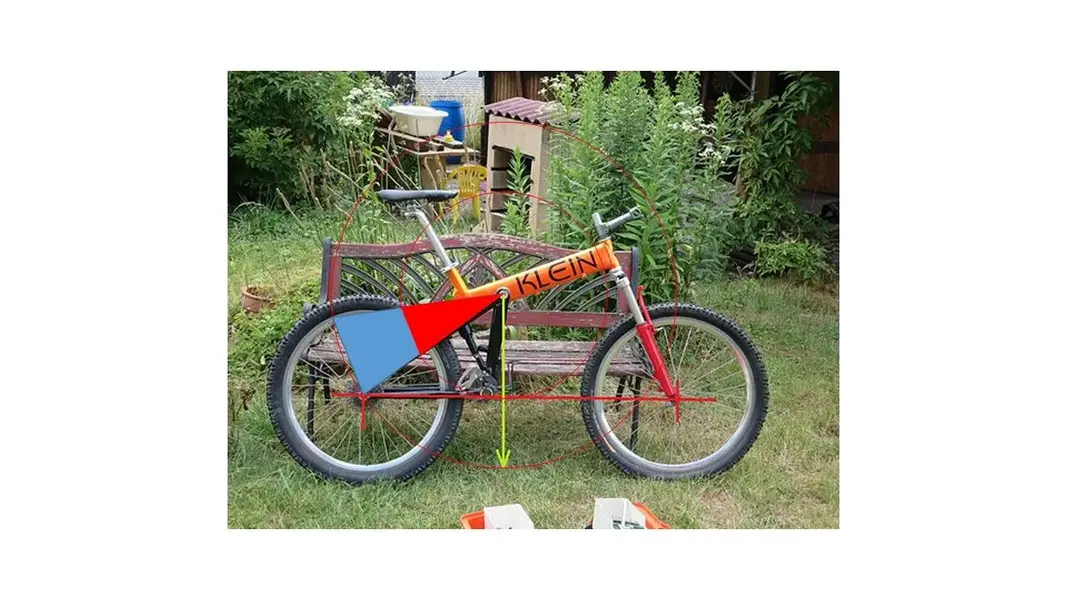Kell
Retro Guru
I think as mentioned above, it's more about where the pivot point is. The nearer to the BB it is, the less pronounced the effect is of standing on the pedals stopping the suspension working.
So, it was probably incorrect of me to suggest that all URTs are useless, but the Mantra in particular was bad.
Also, I'm not sure the writer is young... to have used those elastomer pedals in anger would suggest they were there at the time and are speaking from experience.
So, it was probably incorrect of me to suggest that all URTs are useless, but the Mantra in particular was bad.
Also, I'm not sure the writer is young... to have used those elastomer pedals in anger would suggest they were there at the time and are speaking from experience.

